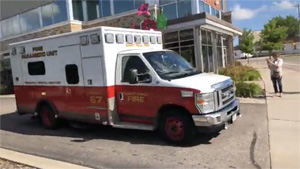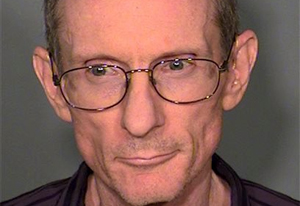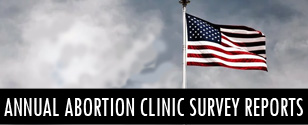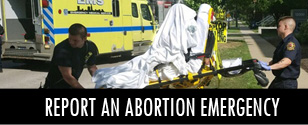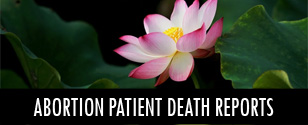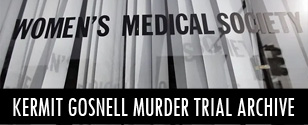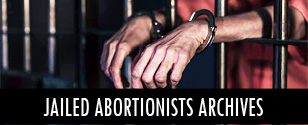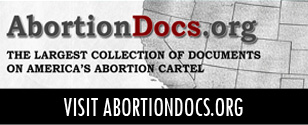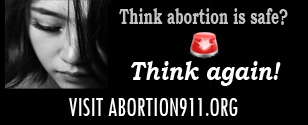[The Wichita Eagle, Kansas’ largest newspaper, has published an editorial by Operation Rescue President Troy Newman concerning the public use of graphic photos of aborted children. Newman’s editorial was written in response to an editorial by columnist Randy Scholfield published in the Wichita Eagle on Friday, October 14, 2005, entitled “Photos Show Only Part of the Truth.” Troy’s article is reprinted below in it’s entirity. -Operation Rescue Staff]
Posted on Tue, Oct. 18, 2005
http://www.kansas.com/mld/kansas/news/editorial/12926855.htm
PHOTOS DISTILL THE TRUTH
BY TROY NEWMAN
The recent fury over of the public use of aborted baby photos is part of an ongoing debate on the use of graphic photographic imagery that has raged ever since Matthew Brady first published pictures of Civil War battlefields laden with the grotesque images of dead and dying soldiers.
In the late 1800s, Joseph Pulitzer’s pioneering work in the New York World and St. Louis Post-Dispatch helped forge modern newspaper journalism, including the emerging field of photojournalism. Pulitzer is said to have demanded that photographs be used to support the journalists’ text.
The prestigious Pulitzer Prize for photography has been coveted by every photojournalist since Milton Brooks of the Detroit News won it in 1942 for his violent photo titled “Ford Strikers Riot.”
The subject matter of many subsequent winners has been no less graphic. Harry Trask won the coveted prize for his dramatic photographic sequence of the sinking of the Andrea Doria; Yasushi Nagao for his graphic photograph “Tokyo Stabbing”; and Huynh Cong Ut for his photograph “The Terror of War,” depicting burned, naked children running from the midst of an American napalm attack. These and other images of the horror of violence and injustice have served as catalysts for social change.
The graphic photographs all summarize an important story with an image. Each of these prize-winning pictures tells a larger story with a single image — a moment frozen in time — that could not be communicated as fully or as powerfully any other way.
A picture of an aborted child is no different.
With one image of a broken body of an aborted child, three decades of debate are encapsulated into one finite and defining moment. Volumes of opinion articles and all the debate over a woman’s right to choose, or whether it is her body, become simply rhetoric when faced with just one image of the brutality of abortion.
The definitive answers to Randy Schofield’s rhetorical questions (“Photos show only part of the truth,” Oct. 14 Opinion) are found in the picture so blatantly absent from his column. The photos show brutally dismembered babies, with recognizable parts. They spark outrage at the inhumanity of the act, as well they should. They bring the debate down to terms so simple even a child can understand it: Live baby good; dead baby bad.
Even the most uninvolved in political matters or moral issues can recognize that this kind of cruelty would not be tolerated on animals, and this prompts the question: Why do we allow it on defenseless human beings at the most vulnerable stage of their lives?
Although the pictures simplify the argument, Scholfield wants to complicate the debate. Scholfield questions the circumstances of the child’s abortion, as if rape, maternal age or genetic flaws could possibly justify this inhumane act.
The fact that such circumstances account for less than 2 percent of all abortions was information left conveniently out of Scholfield’s arguments. An overwhelming 98 percent of all abortions are for the sake of convenience, according to statistics gathered by the Alan Guttmacher Institute.
The graphic images of aborted babies expose the truth that the pro-abortion side doesn’t want the public to know. The images tear the facade of respectability from the abortion industry and show abortion for the barbaric act it really is.
Just as the horrific photos of Matthew Brady and many Pulitzer Prize winners are responsible for exposing injustices, pricking consciences and bringing about social change, the images of aborted babies are educating the public about an issue in a way that melts away the euphemistic terminology on both sides. And much to the angst of those who would like to censor the reality conveyed by the abortion images, Americans are becoming increasingly pro-life as a result.
——————————————————————————–
Troy Newman of Wichita is president of Operation Rescue.


